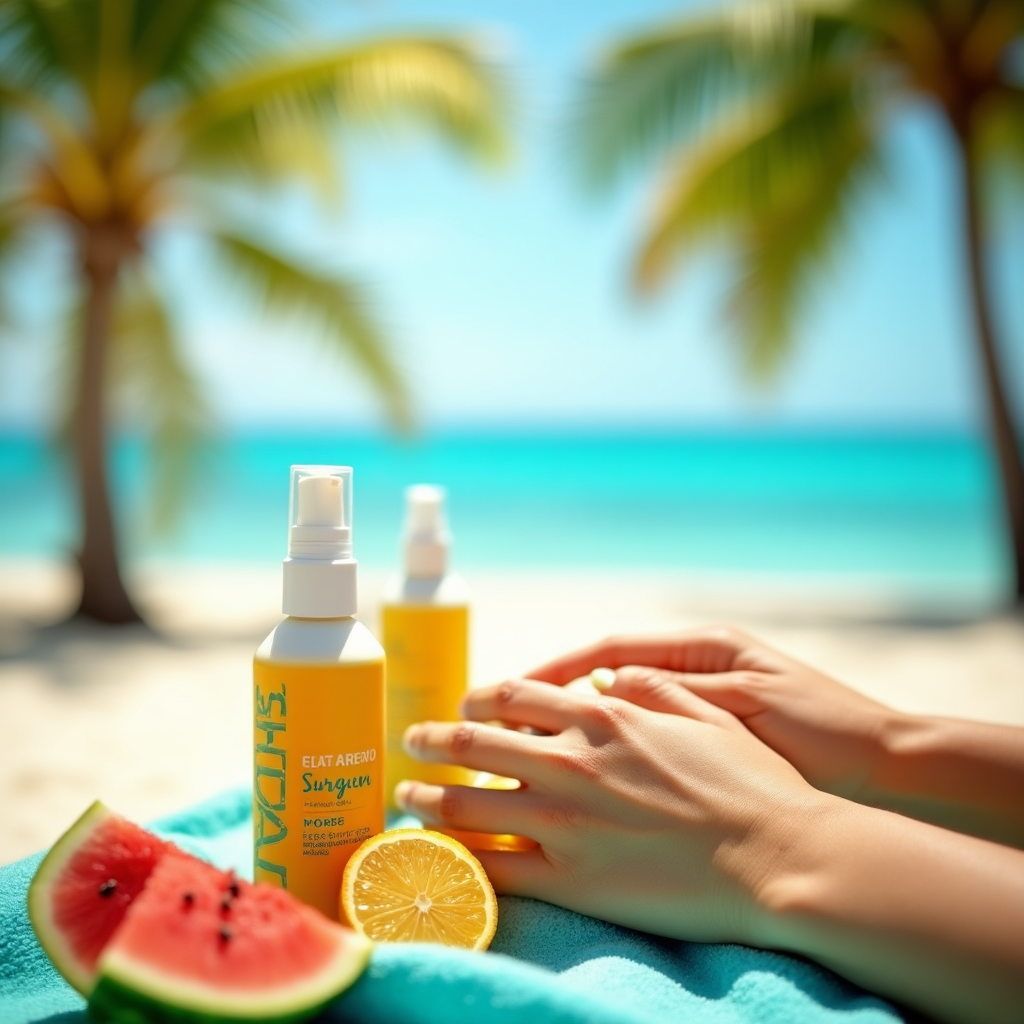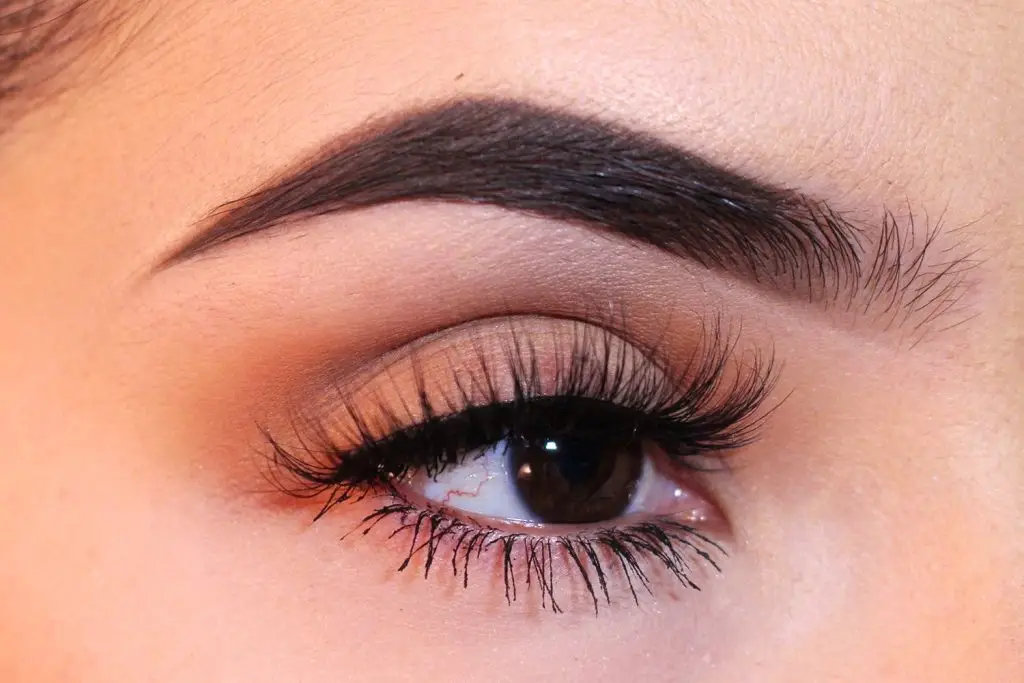Get Your Skin Summer-Ready: An Essential Guide
As the summer season approaches, it’s time to shift our focus from cozy winter routines to vibrant summer skincare. The sun’s rays, outdoor activities, and beach days can take a toll on our skin, making it crucial to prepare adequately. This comprehensive guide will walk you through the necessary steps to ensure your skin is in optimal condition for the warm months ahead. From hydration to protection, we’ll cover everything you need to know to achieve that radiant summer glow.
Understanding Your Skin’s Needs
The Seasonal Shift
The transition from winter to summer can be harsh on your skin. Cold weather often leads to dryness and dullness, while warmer temperatures can exacerbate these issues if you’re not careful. During the winter months, heavy moisturizers may have been your best friend, but as temperatures rise, your skin will benefit from lighter, more breathable products.
Skin Types and Summer Care
Understanding your skin type is essential for tailoring your summer skincare routine. Whether you have oily, dry, combination, or sensitive skin, each type requires specific care:
- Oily Skin: Opt for oil-free moisturizers and lightweight sunscreens to prevent clogged pores.
- Dry Skin: Look for hydrating serums and creams that lock in moisture without feeling heavy.
- Combination Skin: Balance is key; use different products for varying areas of your face.
- Sensitive Skin: Choose fragrance-free and hypoallergenic products to minimize irritation.
Common Summer Skin Concerns
As you prepare for summer, be aware of some common skin issues that can arise:
- Sunburn: Protect your skin with a broad-spectrum sunscreen to prevent painful burns.
- Acne: Increased heat and humidity can lead to breakouts; maintaining a consistent cleansing routine is vital.
- Dehydration: Hot weather can strip moisture from your skin, making hydration a priority.
Exfoliation: The First Step to Radiance
Why Exfoliate?
Exfoliation is a fundamental part of any skincare routine, especially in the summer. It helps to remove dead skin cells, unclogs pores, and promotes cell turnover, leading to a brighter and smoother complexion. Regular exfoliation can also enhance the effectiveness of your other skincare products.
Types of Exfoliation
There are two primary methods of exfoliation:
- Physical Exfoliation: This involves using scrubs or tools to manually remove dead skin cells. Look for gentle options to avoid irritation.
- Chemical Exfoliation: This method uses acids or enzymes to dissolve dead skin cells. Ingredients like glycolic acid and salicylic acid are popular choices.
How Often to Exfoliate
For most skin types, exfoliating 1-3 times a week is sufficient. However, listen to your skin; if you notice redness or irritation, reduce the frequency.
Cleansing: The Foundation of Skin Health
Daily Cleansing Routine
A consistent cleansing routine is essential for maintaining clear and healthy skin during the summer months. Cleansing removes dirt, oil, and impurities that can accumulate throughout the day.
- Morning Routine: Start your day with a gentle cleanser to refresh your skin.
- Evening Routine: Remove makeup and any accumulated grime with a more thorough cleanser.
Choosing the Right Cleanser
Select a cleanser based on your skin type:
- Gel Cleansers: Best for oily or combination skin, as they help control excess oil.
- Cream Cleansers: Ideal for dry or sensitive skin, providing hydration while cleansing.
- Micellar Water: A gentle option for all skin types that effectively removes makeup and impurities.
Hydration: Locking in Moisture
The Importance of Hydration
Keeping your skin hydrated is vital for a healthy summer glow. Hydration helps maintain skin elasticity, reduces the appearance of fine lines, and protects against environmental damage.
Choosing Hydrating Products
Look for lightweight moisturizers, serums, and facial mists that provide hydration without feeling heavy. Ingredients like hyaluronic acid, glycerin, and aloe vera are excellent for keeping your skin plump and hydrated.
Internal Hydration
Don’t forget to drink plenty of water throughout the day. Hydrating from the inside out is just as important as using topical products. Aim for at least eight glasses of water daily, and consider incorporating hydrating foods like cucumbers and watermelon into your diet.
Sun Protection: Shielding Your Skin
The Necessity of SPF
As the sun shines brighter, protecting your skin from harmful UV rays becomes paramount. Sunscreen is your best defense against sunburn, premature aging, and skin cancer.
Choosing the Right SPF
When selecting a sunscreen, look for broad-spectrum protection with an SPF of at least 30. Consider your skin type and activities:
- For Oily Skin: Opt for oil-free, matte-finish sunscreens.
- For Dry Skin: Cream-based sunscreens can provide extra hydration.
- For Sensitive Skin: Mineral sunscreens with zinc oxide or titanium dioxide are often gentler.
Application Tips
- Apply sunscreen generously to all exposed areas of your skin.
- Reapply every two hours, or more frequently if swimming or sweating.
- Don’t forget areas often overlooked, such as your ears, neck, and the tops of your feet.
Tackling Acne and Breakouts
Understanding Summer Acne
Increased heat and humidity can lead to breakouts, especially if you’re not diligent about your skincare routine. Sweat and oil can clog pores, leading to acne.
Prevention Strategies
To minimize the risk of breakouts, consider the following:
- Choose Non-Comedogenic Products: Look for makeup and skincare labeled as non-comedogenic to prevent clogged pores.
- Use Salicylic Acid: This ingredient can help reduce acne by exfoliating inside the pores.
- Maintain a Clean Face: Regularly cleanse your face, especially after sweating or wearing makeup.
Treating Breakouts
If you do experience a breakout, resist the urge to pick or pop pimples. Instead, apply a targeted treatment with benzoyl peroxide or salicylic acid to help reduce inflammation and speed up healing.
Self-Tanning: Achieving a Sun-Kissed Glow
The Benefits of Self-Tanner
If you want a bronzed look without the sun’s harmful effects, self-tanners are a safe alternative. They allow you to achieve a natural-looking tan without risking sun damage.
Types of Self-Tanners
There are various forms of self-tanners available:
- Lotions and Creams: Easy to apply and great for building a gradual tan.
- Mists and Sprays: Provide a quick application but may require practice for even coverage.
- Tanning Drops: Can be mixed with your moisturizer for a customizable tan.
Application Tips
- Exfoliate before applying self-tanner for a smooth finish.
- Use a tanning mitt to avoid stained hands and ensure even application.
- Allow the product to dry completely before getting dressed to prevent streaking.
Summer Makeup Essentials
Lightweight Formulas
As temperatures rise, consider switching to lightweight makeup products that allow your skin to breathe. Heavy foundations can feel uncomfortable and may clog pores.
Must-Have Products
- Tinted Moisturizers: Offer light coverage while providing hydration and SPF.
- Cream Blushes: Blend easily and give a natural flush to your cheeks.
- Waterproof Mascara: Helps prevent smudging during hot summer days.
Makeup Removal
At the end of the day, ensure you thoroughly remove your makeup to prevent clogged pores. Use a gentle makeup remover or cleansing oil to dissolve products effectively.
Nourishing Your Skin from Within
A Balanced Diet
Your skin’s health is also influenced by what you eat. Incorporate a balanced diet rich in antioxidants, vitamins, and minerals to support skin health.
- Fruits and Vegetables: Foods high in vitamins C and E can help protect your skin from damage.
- Healthy Fats: Omega-3 fatty acids found in fish and nuts can help maintain skin elasticity.
- Limit Sugar and Processed Foods: These can lead to inflammation and skin issues.
Supplements for Summer Skin
Consider adding supplements to your routine to support skin health. Omega-3 supplements, vitamin C, and collagen can help enhance your skin’s appearance and resilience.
The Importance of Regular Skin Checks
Skin Cancer Awareness
Summer is a time for fun in the sun, but it’s also crucial to be vigilant about skin health. Regular skin checks can help identify any changes in your skin that may require attention.
Self-Examination Techniques
- Check for any new moles or changes in existing ones.
- Look for irregular shapes, uneven colors, or sizes larger than a pencil eraser.
- Schedule regular dermatologist visits for professional evaluations.
Conclusion: Embrace Your Summer Glow
Preparing your skin for summer is an essential part of enjoying the season to its fullest. By following these comprehensive steps, you can achieve healthy, radiant skin that shines all summer long. From hydration and sun protection to nourishing your skin from within, every effort you make contributes to your overall skin health. Embrace the warm weather with confidence, knowing that your skin is well-prepared for all the adventures that lie ahead.
This article provides a detailed guide to getting your skin summer-ready, ensuring a radiant and healthy complexion throughout the season. By incorporating various skincare practices and being mindful of your skin’s needs, you can enjoy summer with confidence.



